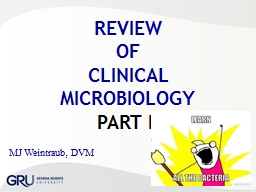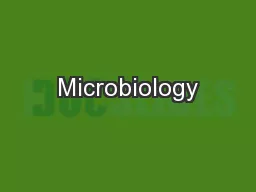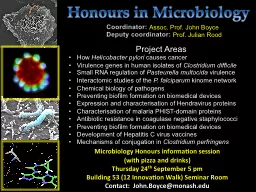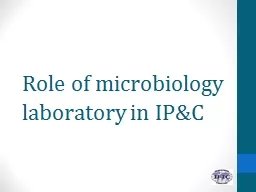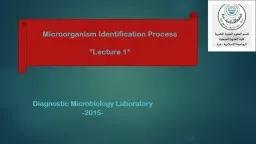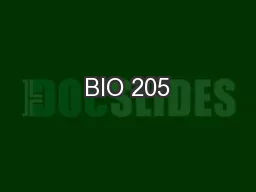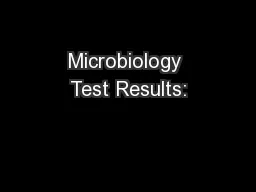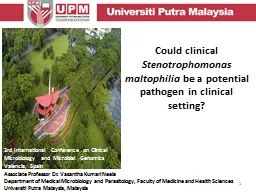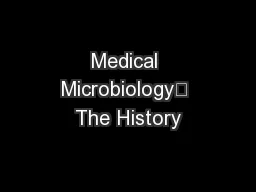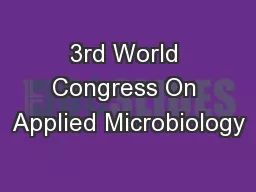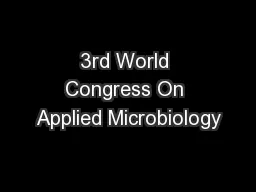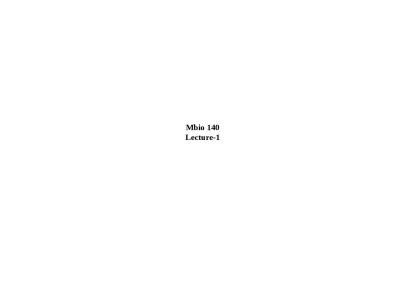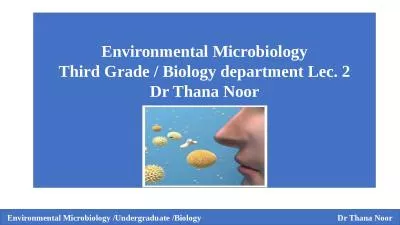PPT-REVIEW of Clinical Microbiology
Author : madeline | Published Date : 2023-11-18
Part II MJ Weintraub DVM Cell wallenvelope structure GN GP AF amp wallless Genome Morphology arrangements capsuleslime layer flagella fimbriae pilus Horizontal
Presentation Embed Code
Download Presentation
Download Presentation The PPT/PDF document "REVIEW of Clinical Microbiology" is the property of its rightful owner. Permission is granted to download and print the materials on this website for personal, non-commercial use only, and to display it on your personal computer provided you do not modify the materials and that you retain all copyright notices contained in the materials. By downloading content from our website, you accept the terms of this agreement.
REVIEW of Clinical Microbiology: Transcript
Download Rules Of Document
"REVIEW of Clinical Microbiology"The content belongs to its owner. You may download and print it for personal use, without modification, and keep all copyright notices. By downloading, you agree to these terms.
Related Documents

